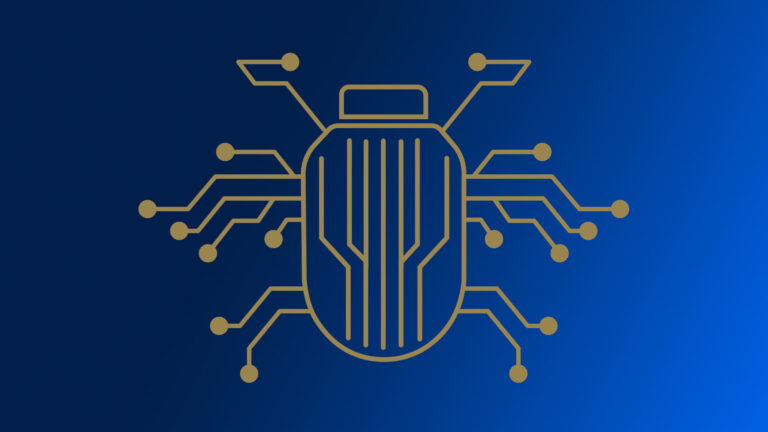TL;DR:
- AI Chatbots present new opportunities for exploitation by bad actors that can be solved with pentesting.
- AI chatbots are increasingly common in web applications, improving user experience but also posing security risks.
- Injection attacks, insecure data storage and inadequate authorization are key vulnerabilities that can be identified through penetration testing.
- Penetration testing helps fortify defenses against injection attacks, protect user data and ensure proper access controls.
- Understanding and addressing security concerns outlined in the OWASP AI/LLM Top 10 list is crucial for organizations utilizing AI chatbots.
- By aligning with OWASP guidelines and conducting pentesting, organizations can bolster their cybersecurity posture and proactively address evolving threats in AI-driven technologies.
You may have noticed an increase in AI chatbot experiences on products or services you use. These intelligent conversational agents have become a staple in web applications, improving user experience and simplifying communication.
However, as you embrace the power of AI, it becomes imperative to address security challenges, especially those highlighted in the OWASP AI/LLM Top 10 list. In this article, we’ll explore potential vulnerabilities related to AI chatbot features in web applications that require pentesting.
Injection Attacks and AI Chatbots
Injection attacks are a pervasive threat (consistently in Synack’s most common findings year after year), and AI chatbots are not immune. Penetration testing examines how well your chatbot handles inputs, identifying potential vulnerabilities that can be exploited by malicious actors injecting malicious commands and prompts. By identifying such vulnerabilities through penetration testing, organizations can strengthen their defenses against injection attacks and increase trust in the integrity of their AI chatbot.
Several notable incidents have already occurred in the realm of prompt injection, from prying information on creating harmful substances to revealing training data, these represent the tip of the iceberg of unintended responses from clever inputs.
Insecure Data Storage and Privacy Risks of AI Chatbots
AI chatbots frequently handle sensitive information, making secure storage of data a critical concern. Pentesting evaluates the storage mechanisms, to ensure that user data is protected from unauthorized access. This proactive approach not only reduces privacy risks but also aligns with the requirement for secure data handling, as emphasized in the OWASP guidelines.
This is a vulnerability type that Synack discovered within weeks of launching our AI/LLM testing offering.
Inadequate Authorization and Access Controls
The OWASP Top 10 also highlights the risks associated with inadequate authorization and access controls. Pentesting for AI chatbots examines user access levels, to ensure that only authorized individuals can interact with and modify the chatbot’s functionalities. This prevents unauthorized access and potential misuse of sensitive data. Chatbots may be behind captchas or authentication mechanisms that can be bypassed regardless of the chatbot’s functions, highlighting the importance of penetration testing for the surrounding web app and plugins where the chatbot is deployed.
Pentest AI Chatbots in Web Apps
As organizations embrace the capabilities of AI chatbots, it is crucial to understand and address the security concerns outlined in the OWASP AI/LLM Top 10 list. Pentesting emerges as a strategic process in this effort, to systematically evaluate and strengthen AI chatbot features within web applications. By testing according to OWASP guidelines, organizations enhance their cybersecurity posture and demonstrate a commitment to proactively addressing evolving threats in AI-driven technologies.




